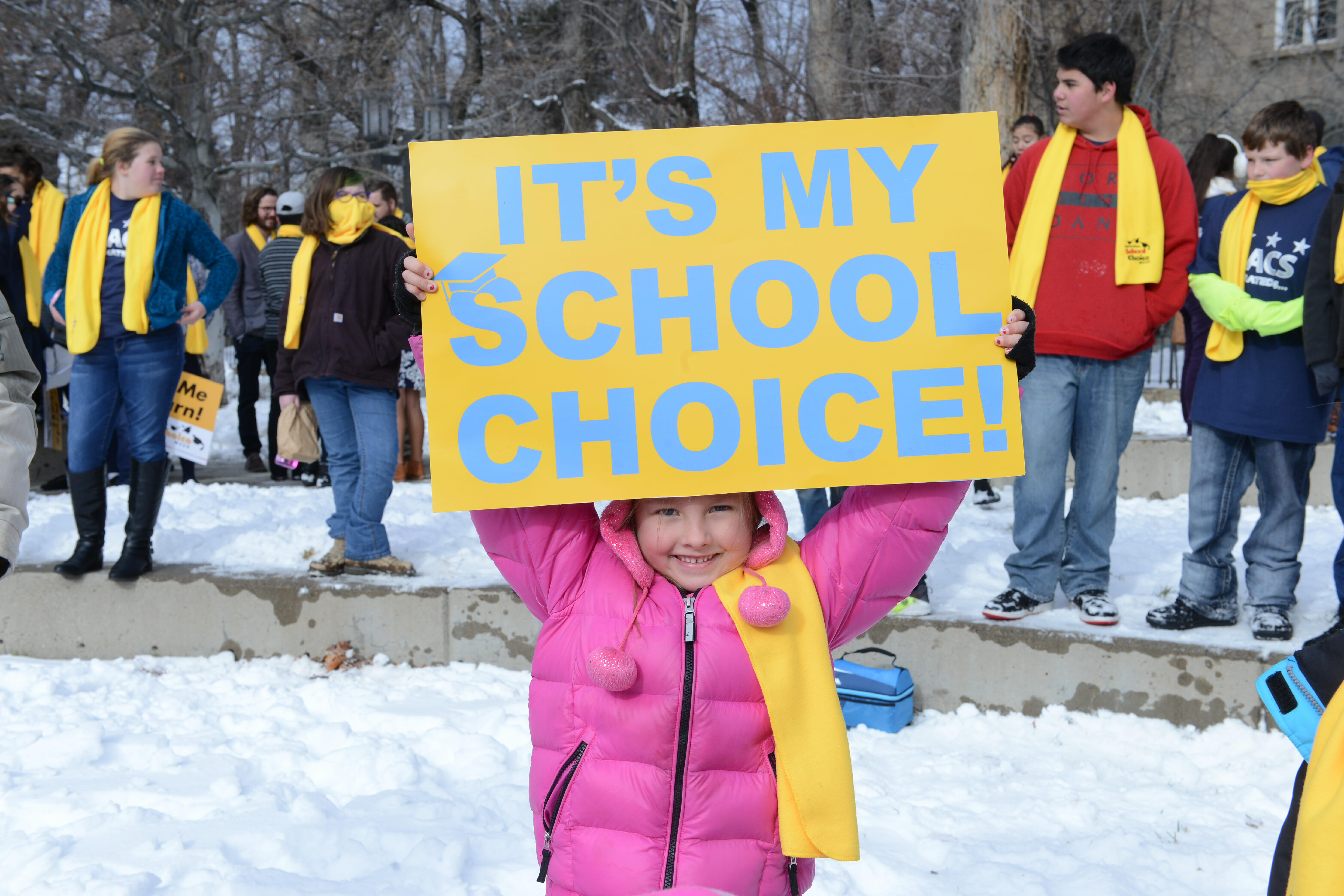Frierson frames Opportunity Scholarship's annual growth as 'simply unsustainable'

Parents who receive state support to help send their children to private schools turned out en masse to a Thursday hearing over a proposal that would cap the scholarship program at current funding levels.
Lawmakers are considering removing an annual 10 percent growth factor built into the need-based Opportunity Scholarship program, which was signed into law in 2015 and offers scholarships to families earning 300 percent or less of the federal poverty line on a sliding scale to send their kids to private school. The program is funded by businesses donating money to a handful of nonprofit scholarship agencies in return for a credit on their modified business tax, or payroll tax, liability.
The change would cap the Opportunity Scholarship program at the current level, about $6.7 million a year.
Lawmakers appropriated a one-time, $20 million allocation in 2017 toward the program on top of that amount, which has allowed the program to enroll more students than it otherwise would. Those funds can only be used over a five-year period, and once they dry up, about 900 current students are anticipated to lose their scholarships, according to estimates by program advocates.
Though parents urged lawmakers to allocate another $20 million to the program over the two-year biennium earlier this session, Democratic lawmakers are instead taking action to pare the program. Gov. Steve Sisolak has described Opportunity Scholarships as a “complicated form of an ESA” and, instead, wants to invest in public education.
Assembly Speaker Jason Frierson, who presented the legislation, stressed that the goal is not to get rid of the Opportunity Scholarship program but to remove the 10 percent growth factor, which he called “simply unsustainable.” He said the state doesn’t have a budget allocation that could keep up with that kind of growth.
“It just makes little sense to me from a fiscal responsibility standpoint to artificially build in 10 percent growth each year for something that would be out of control in a short amount of time,” he said.
Republican Assemblyman Chris Edwards questioned why the state wouldn’t let family demand determine the fate of program growth, rather than just outright end the annual 10 percent growth rate.
Frierson disagreed with that logic.
“If we gave out 20 percent, people would apply for it,” he said. “If we gave out 50 percent, people would apply for it. People would apply to get free money. Of course they would apply for it. But we’re not in the business of just giving away money in this state.”
But parents worry the change will effectively prevent new students from benefiting from the program and take away opportunities for underrepresented and underserved student groups.
One man from Fallon testified that Opportunity Scholarships had allowed his grandson to attend a private Christian school that took the time to understand a condition he has that makes it more difficult for him to develop relationships with people. He said that where the Churchill County schools failed his grandson “miserably,” he’s now a straight-A student at Logos Christian Academy.
Another mother of three, including two who attend private school, worried whether other children would be able to have the same opportunities her kids do if the program is capped.
“They gave me that opportunity and, you know, and now I am thinking about the other kids, and probably they have the same problem that I have,” she said. “They gave me that opportunity that I needed in that time.”
Erin Phillips of Power 2 Parent, meanwhile, categorized the bill as an attempt to dissolve the scholarship program despite Democrats’ suggestion otherwise.
“We know that the growth comes from private business taxes, and if we stunt that growth we will essentially be stunting the program altogether,” Phillips said.
More than 2,300 students receive scholarships of up to $8,132 through the program. There are about 1,300 students on the waiting list.

